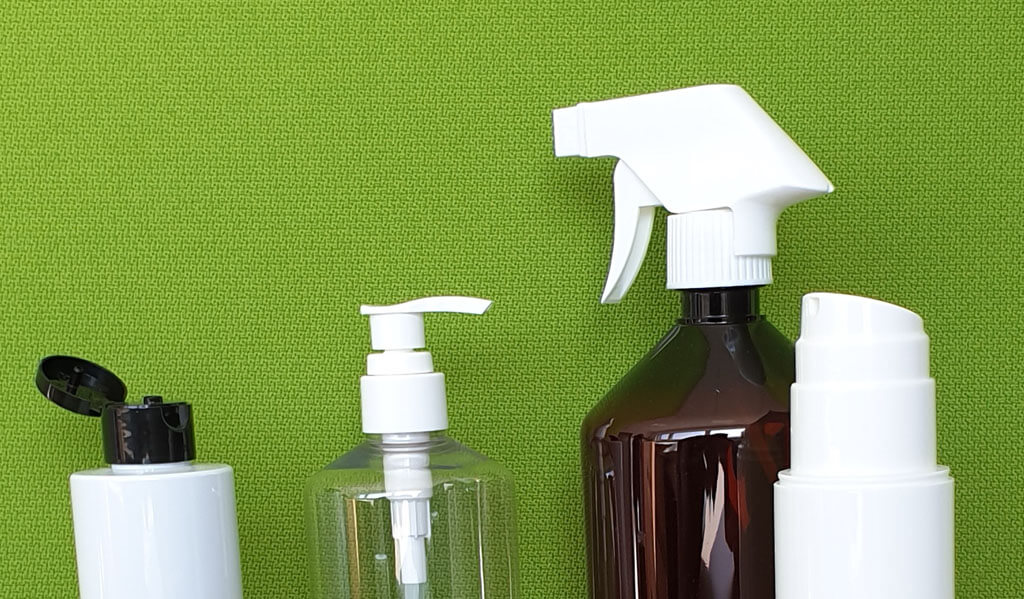PE or PET plastic bottles – which bottle fits which purpose?
The vast majority of food or cosmetic bottles on the market are made of PET or PE plastics. Since these two plastics have significantly different properties, the suitability of the bottle must be carefully considered or tested before purchasing one of them.
Looking at the basic properties of the two plastics, we can work out the following differences.
PE can be produced in different densities and is therefore, in simplified terms, of varying levels of softness. The following PE types are commonly used for packaging:
- PEHD (HD = High Density).
- PELD (LD = Low Density).
- PELLD (LLD = Linear Low Density, i.e. low branching of the polymer chains).
PEHD is mostly used for plastic canisters, but can be used for bottles too. PEHD is relatively stiff and milky cloudy without colouration.
PELD is significantly softer than PEHD and is therefore always in demand when the stability of a packaging is not as important – for example, a stackable canister made of HDPE must also be able to withstand the weight from above – but rather the ability to deform the packaging considerably. This is important, for example, for tubes or plastic bottles that are to be squeezed out, such as glue bottles.
PELLD is rarely used for packaging in unmixed form. PELLD is also used in multi-layer packaging structures. A bottle made of PELLD would be very soft and supple, but also very unstable.
PET is used in the packaging sector in two main forms:
- PET
- PETG (modified with glycol to achieve better viscosity, mainly used in extrusion blow moulding).
PET is crystal clear in its raw form and has a very high breaking resistance. Due to this high breaking resistance and stiffness, bottles with very low material thicknesses can be produced.
PETG is used for extrusion-blown bottles. With extrusion blow moulding, bottle shapes can be produced that would not be possible with stretch blow moulding.
The different properties of the two plastics are summarised here once more:
- PE is considerably softer than PET. PELD and PELLD are softer than PEHD. If it’s important for your particular usage that the bottle can be tightly squeezed, then PE is the right choice.
- PET is crystal clear in its natural state. PE, on the other hand, is always milky and cloudy.
- PET has a much nicer sheen than PE.
- PET can create bottles that are significantly lighter and so less raw material is used.
Especially in the food sector, PET has clearly established itself thanks to the properties described above. It’s been the possibility of producing thinner and lighter bottles that has contributed to this triumph in particular.
In cosmetics, the PET bottle is impressive due to its very high gloss, but has major disadvantages if the bottle has to be flexible, i.e. if it has to be squeezed.
PE as well as PET can be easily materially separated with modern sorting facilities and in this way can be almost completely recycled. PET in particular can be further processed in a “second life” into a wide variety of materials such as clothing (polyester fibres).
PET bottles
PE-HD bottles

